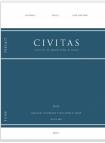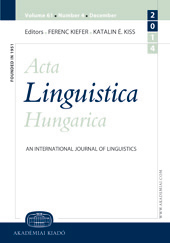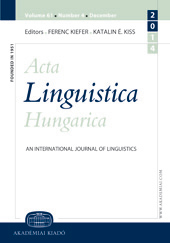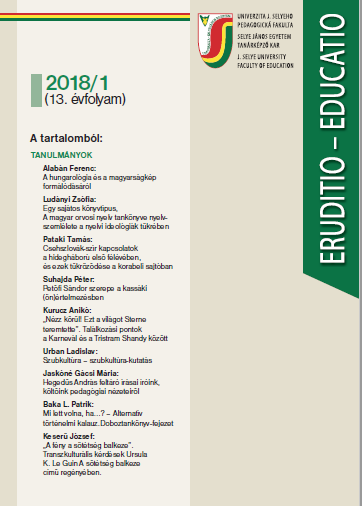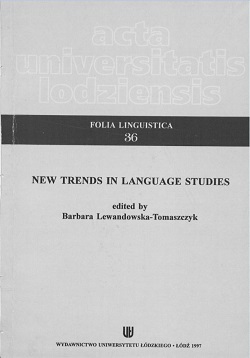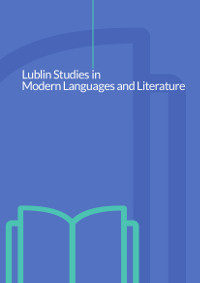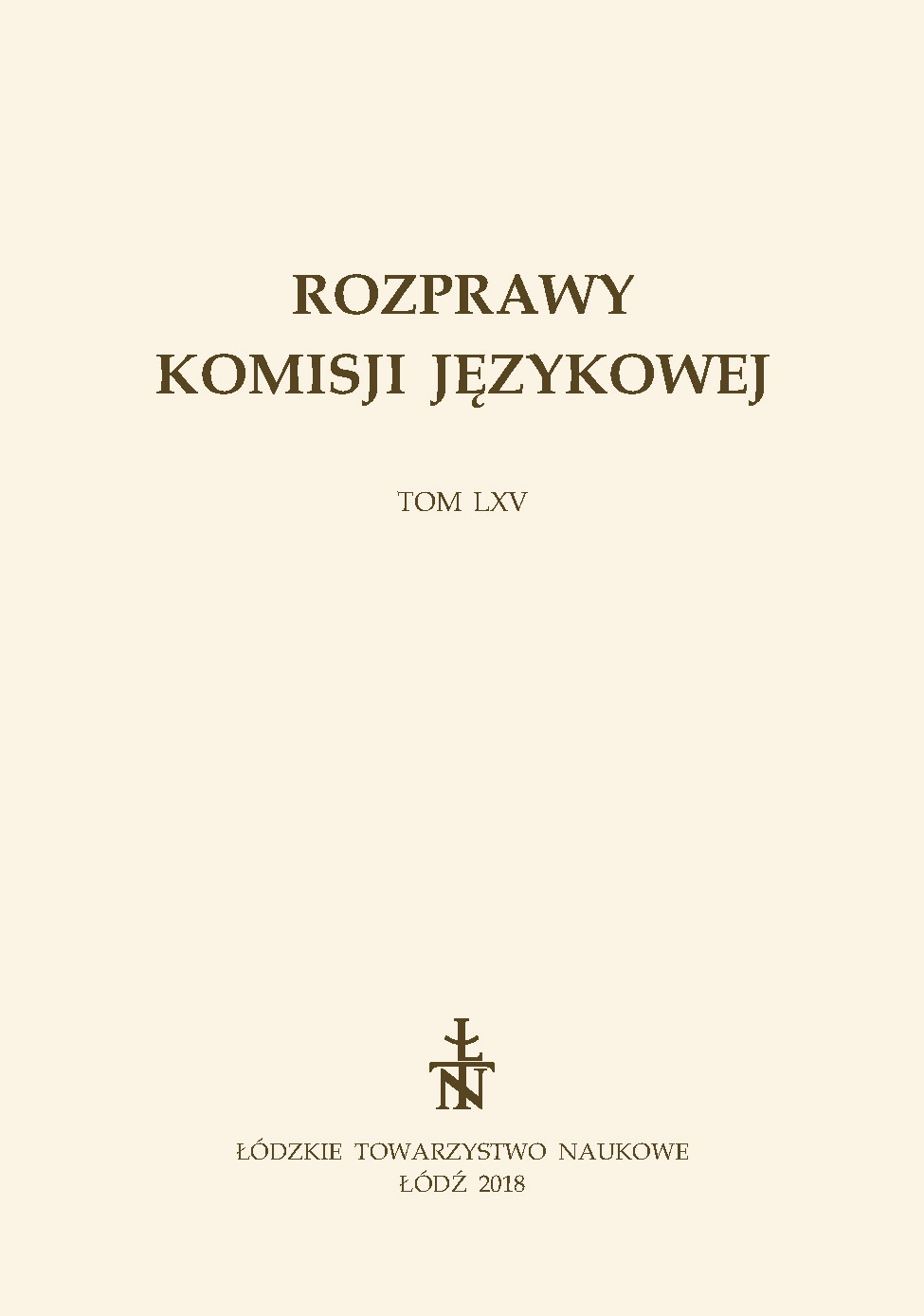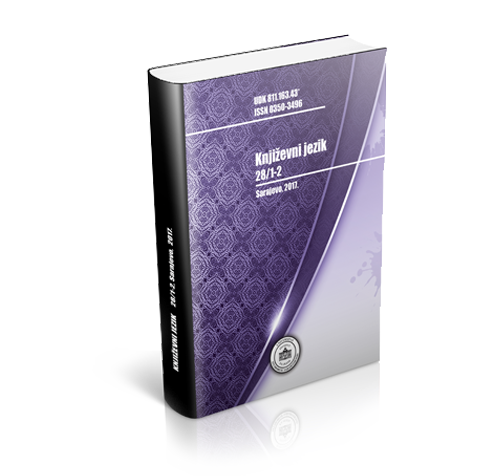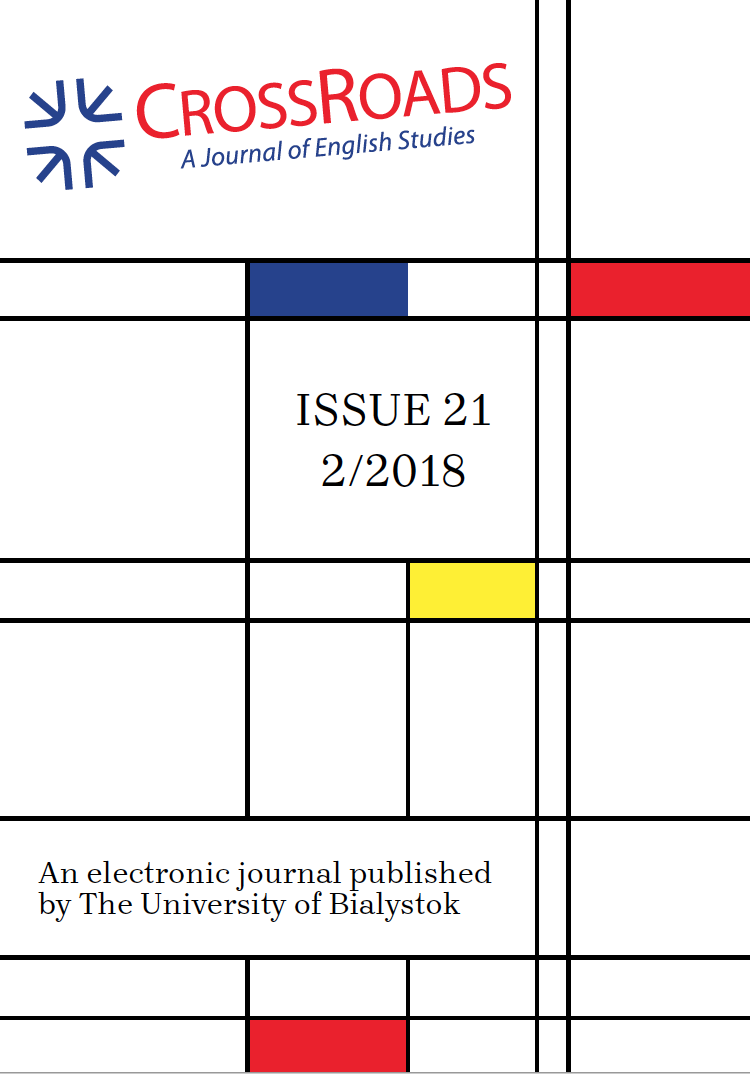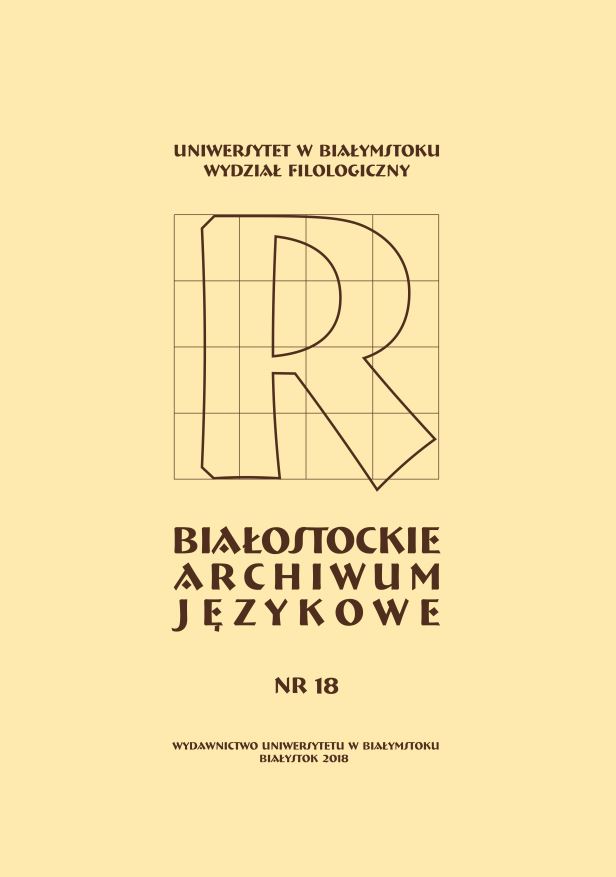Author(s): Joanna Cholewa / Language(s): French
Issue: 18/2018
This paper analyzes two French cooking verbs: cuire and bouillir, and their Polish equivalents: (–)gotować (się), (–)piec (się), (–)smażyć (się), wrzeć, the symbol (–) indicates the prefix slot. Its purpose is to observe the figurative meanings of these verbs that are based on metaphorical and metonymic transfers. We have been able to identify the following semantic extensions, which are however not systematically exploited in the two analyzed languages: to submit to a strong action of the heat, to make a modification, to cause a physical or a moral pain, a painful feeling, to feel strong negative emotions, to be filled with anxiety, to be upset, to upset or to create difficulties, to stay unaided, helpless or lost, to be unable to escape, to regret, to be drunk, to write a text with great effort, to be hot, to boil, to resound with noise, to be in progress in an intense manner, to be in a state of excitement, not to suffer the consequences.
More...

